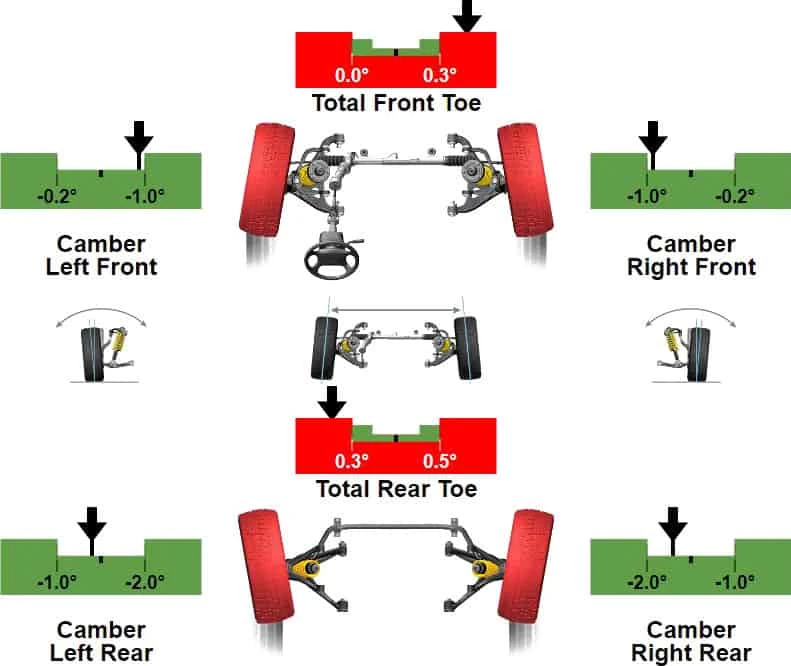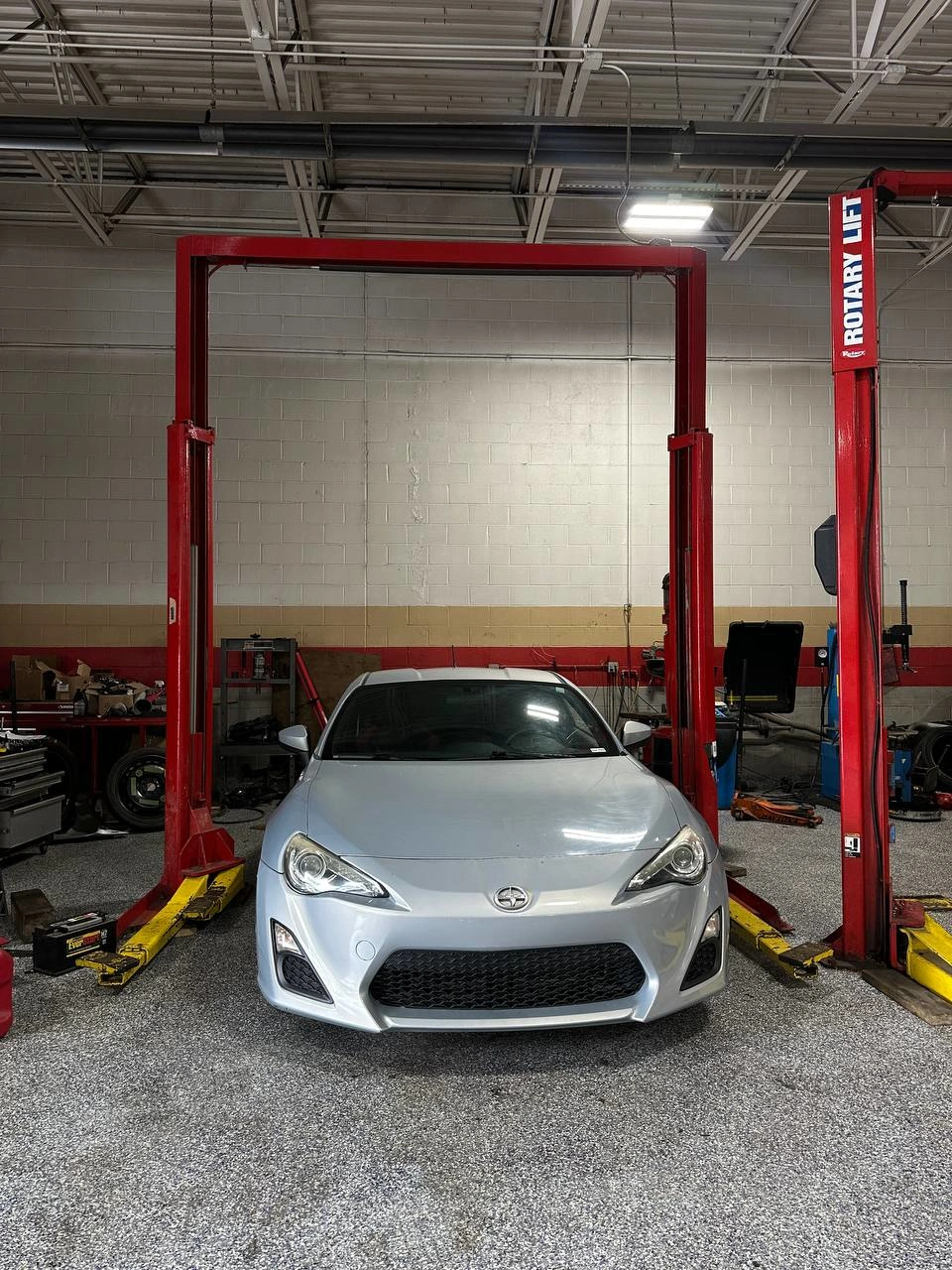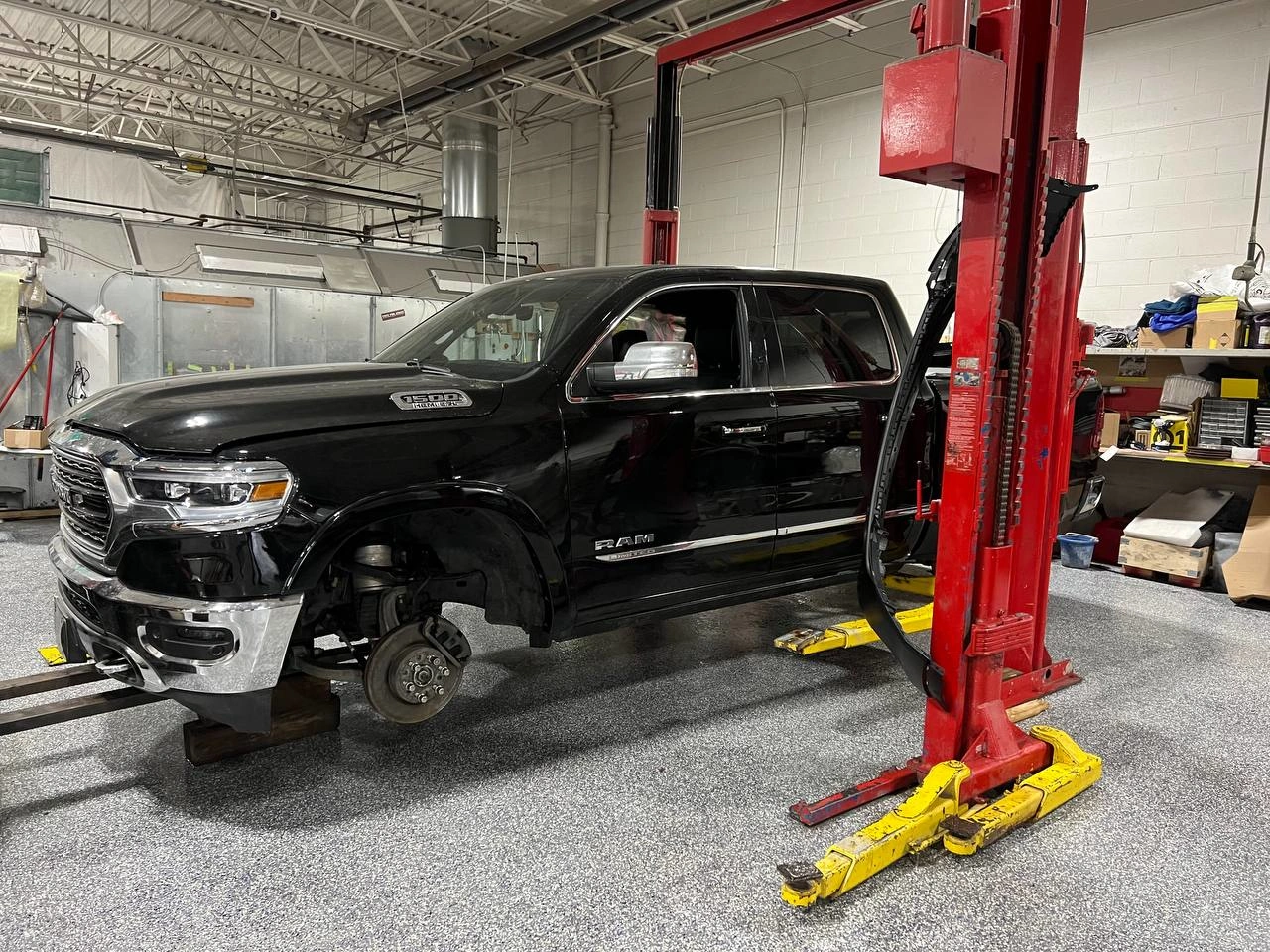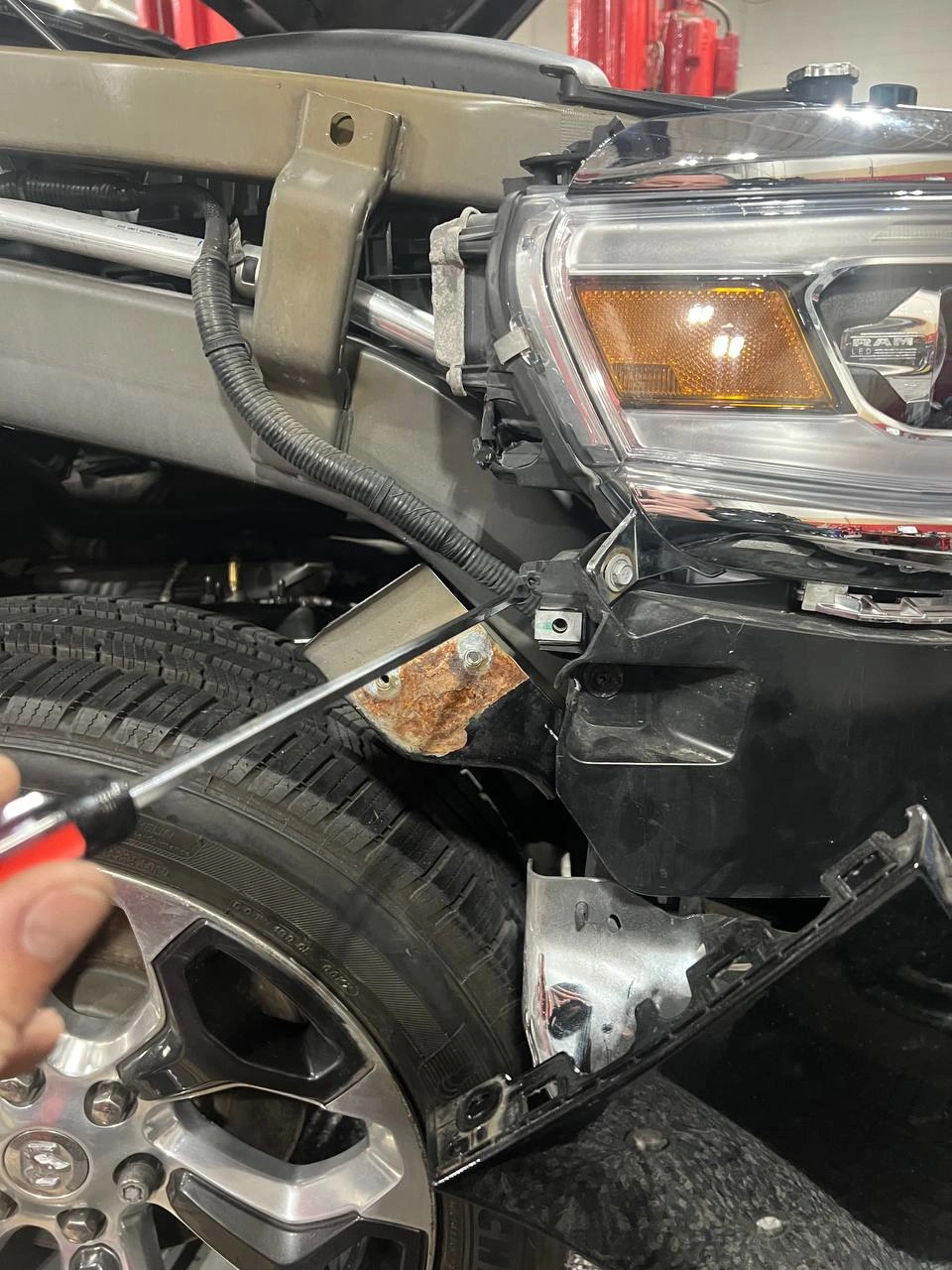Whether you are a car owner, an automotive technician, or simply passionate about vehicles, understanding these technological shifts can help you make informed decisions about maintenance and repairs. Stay tuned as we dive into the groundbreaking innovations that are redefining car care today.
2. Advanced Diagnostics and Scanning Tools
In today’s automotive industry, advanced diagnostics and scanning tools are crucial for identifying vehicle problems quickly and accurately. Modern vehicles are equipped with dozens of sensors and electronic control units (ECUs) that monitor performance in real-time. Using specialized diagnostic equipment, technicians can access this data to pinpoint mechanical and electronic issues without the need for extensive disassembly or guesswork. This technology not only improves repair accuracy but also saves valuable time for both mechanics and customers.
Unlike older methods that relied heavily on physical inspections, contemporary scanning tools connect directly to a vehicle’s onboard diagnostics (OBD-II) system. With a simple plug-in, professionals can retrieve trouble codes, performance metrics, and system alerts. High-end diagnostic platforms from companies like Snap-on and Bosch offer advanced features, including live data streaming, component activation, and bi-directional control tests, allowing for a much deeper analysis beyond basic code reading.
As vehicles become more complex with hybrid powertrains, autonomous features, and interconnected systems, investing in the latest diagnostic technologies has become a necessity for modern auto repair shops. Technicians must continuously update their tools and training to handle emerging automotive technologies effectively. Mastering advanced diagnostics not only improves service quality but also builds trust with customers who expect fast, accurate, and transparent repairs in today’s fast-paced environment.
3. AI and Machine Learning in Car Repairs
Artificial intelligence (AI) and machine learning (ML) are revolutionizing car repairs by enabling faster diagnostics, predictive maintenance, and smarter repair processes. Instead of relying solely on manual inspections, modern repair shops use AI-powered software to analyze vast amounts of vehicle data. These systems can quickly recognize patterns, detect anomalies, and suggest precise solutions based on real-world repair histories and manufacturer specifications.
One of the most important applications of AI in automotive repair is predictive maintenance. By continuously analyzing data from sensors and connected car systems, AI can forecast potential failures before they happen. This approach helps drivers avoid unexpected breakdowns and allows technicians to perform targeted repairs, reducing downtime and repair costs. Predictive analytics is especially valuable for fleet management, where maintaining uptime across many vehicles is critical.
Machine learning models are also used to enhance diagnostic accuracy. Advanced diagnostic platforms learn from millions of previous cases and vehicle profiles, providing technicians with recommendations based on similar issues. For example, if a specific combination of sensor readings frequently leads to a known transmission problem, the system can highlight it immediately, saving time and improving repair precision.
AI technologies are not only benefiting workshop operations but also improving customer service. Some repair centers offer AI-driven chatbots that assist customers in describing issues, booking appointments, and even providing preliminary estimates based on the symptoms reported. This automation streamlines the intake process and enhances the overall customer experience.
Looking ahead, the role of AI in car repairs will continue to grow. As vehicles become more autonomous and software-driven, AI will play an essential part in diagnosing not just mechanical issues, but also complex software faults. Repair shops that embrace AI and machine learning tools will be better positioned to handle the next generation of smart vehicles efficiently and competitively.
4. Augmented Reality (AR) for Repair Guidance
Augmented Reality (AR) is becoming a powerful tool in modern car repairs by providing technicians with real-time, interactive repair guidance. Through AR-enabled devices such as smart glasses or tablets, technicians can view detailed overlays of vehicle components, step-by-step repair instructions, and 3D models directly on the car they are working on. This hands-free technology improves both the speed and accuracy of repairs, especially for complex or unfamiliar vehicle systems.
One of the main advantages of AR is its ability to reduce human error. By projecting exact part locations, bolt patterns, or wiring paths onto the physical vehicle, AR minimizes guesswork and helps ensure that every step is completed correctly. Some systems even allow technicians to compare live work against ideal repair templates, highlighting any mistakes in real time. Companies like Porsche have already integrated AR into their service programs, enabling remote experts to guide local mechanics through complex repairs without the need for physical travel.
AR also plays a crucial role in training new automotive technicians. Virtual simulations created with AR technology allow trainees to practice procedures without risking damage to actual vehicles. This interactive learning method speeds up skill development and reduces costs associated with traditional training methods. Additionally, AR can be updated instantly with new repair data, ensuring that technicians are always following the latest manufacturer guidelines.
As cars continue to incorporate more sophisticated systems, including electric drivetrains and autonomous driving features, the demand for accurate, efficient repairs will only increase. Augmented Reality provides a scalable solution by making complicated repairs more intuitive and reducing the need for highly specialized knowledge on-site. In the near future, AR could become a standard tool across automotive repair shops, enhancing service quality and customer satisfaction while reducing operational downtime.
5. 3D Printing of Car Parts
3D printing technology is rapidly transforming the way replacement parts are produced and used in the automotive repair industry. Instead of relying solely on traditional manufacturing and supply chains, repair shops can now create custom parts on demand with 3D printers. This capability is particularly valuable for rare, discontinued, or specialized components that are otherwise difficult or expensive to obtain.
Using materials like high-strength plastics, composites, and even metal alloys, 3D printing enables the creation of parts that meet or exceed original specifications. Some auto manufacturers, such as Ford and BMW, have already incorporated 3D printing into their supply chain strategies, producing both prototype parts and end-use components. For repair shops, having the ability to print certain brackets, housings, or trim pieces reduces repair times and improves customer satisfaction.
Another advantage of 3D printing is the flexibility it offers for custom modifications. Technicians can design and produce unique parts tailored to specific needs, whether for performance enhancements, aesthetic upgrades, or specialized vehicle adaptations. This opens up new possibilities for both everyday repairs and the growing market for personalized vehicles.
However, it’s important to note that 3D printing in automotive repair still faces some challenges. Producing high-load components like engine parts or suspension elements requires highly specialized equipment and materials, which are not yet widely available to smaller repair shops. Quality control and material certification are also critical factors when printing parts intended for safety-critical applications.
As 3D printing technology continues to evolve, costs are expected to drop, and the range of printable materials will expand. In the coming years, we can expect to see even broader adoption of 3D printing across the automotive industry, making repairs faster, cheaper, and more customizable than ever before.
6. Remote Repair Services and Telediagnostics
Remote repair services and telediagnostics are reshaping how vehicle issues are identified and resolved. With advancements in connectivity and onboard systems, technicians can now diagnose — and in some cases even fix — car problems without requiring a physical visit to the repair shop. This innovation is particularly useful for software-related issues, minor calibrations, and system resets, saving time for both vehicle owners and service providers.
Telediagnostics works by leveraging a car’s built-in telematics system to transmit real-time data to a remote service center. Technicians can access critical information such as fault codes, sensor readings, and system performance metrics. Based on this data, they can offer immediate troubleshooting advice, recommend necessary repairs, or remotely perform actions like software updates and system reboots. Companies like Volvo have integrated remote diagnostic capabilities into their connected services, allowing for faster problem resolution without dealership visits.
Remote repair services go even further by enabling over-the-air (OTA) fixes. Automakers such as Tesla have pioneered OTA technology, allowing vehicles to receive software patches, feature enhancements, and system optimizations without requiring in-person service. For many issues, particularly those related to infotainment systems, battery management, or driver assistance features, OTA updates can resolve faults that previously would have demanded a workshop appointment.
For repair shops, adopting telediagnostic tools offers several benefits, including quicker initial assessments, more accurate repair planning, and enhanced customer communication. Service centers can proactively reach out to customers when faults are detected, offering to schedule repairs before minor issues escalate into major problems. This proactive approach improves customer satisfaction and helps shops build stronger long-term relationships.
While remote services are highly effective for electronic and software-related issues, they are not a full replacement for hands-on mechanical repairs. Physical component failures, major system replacements, and certain safety inspections still require in-person attention. However, as vehicle systems become increasingly digital, remote diagnostics and repairs are expected to become a standard feature in the automotive industry.
7. Over-the-Air (OTA) Software Updates
Over-the-air (OTA) software updates have fundamentally changed how vehicles are maintained and upgraded. Instead of visiting a dealership or repair center for system updates, drivers can now receive improvements wirelessly, often overnight. This technology ensures that vehicles stay up-to-date with the latest performance enhancements, safety improvements, and bug fixes without any disruption to daily use.
OTA updates work by transmitting software packages directly to the car through mobile networks or Wi-Fi. Once downloaded, the vehicle’s onboard systems install the updates either automatically or after driver approval. Companies like Tesla pioneered this model, delivering not only bug fixes but also new features, range optimizations, and even performance boosts through remote software installations. Today, many other manufacturers, including Ford, BMW, and Volkswagen, have integrated OTA capabilities into their latest models.
The benefits of OTA updates are significant. Critical issues, such as cybersecurity vulnerabilities or software malfunctions, can be addressed quickly without requiring vehicle owners to schedule service appointments. Additionally, software-driven features like advanced driver-assistance systems (ADAS), navigation, and entertainment systems can continuously evolve and improve throughout a car’s lifespan, enhancing long-term vehicle value.
For repair shops and dealerships, OTA capabilities present both challenges and opportunities. While fewer customers may need in-person visits for minor updates, service centers can focus more on complex mechanical repairs and performance upgrades. Shops can also offer specialized services such as software customization, system diagnostics, and consulting for firmware issues that OTA alone cannot fix.
As automotive technology becomes increasingly software-centric, OTA updates will play an even larger role in vehicle maintenance. Future innovations may allow full system recalibrations, advanced diagnostics, and even automated predictive repairs via remote software management. Embracing OTA technology ensures that vehicles remain safer, smarter, and more efficient without interrupting the driver’s life.





